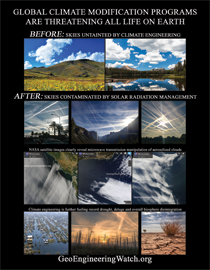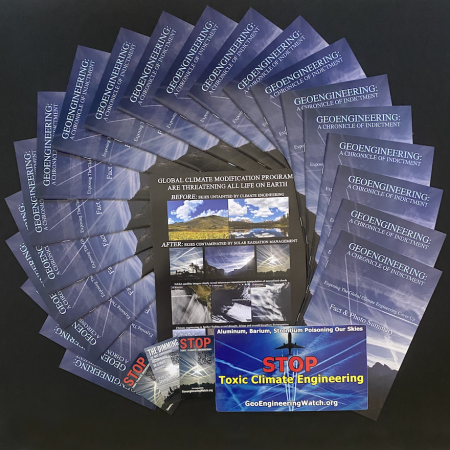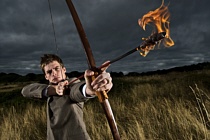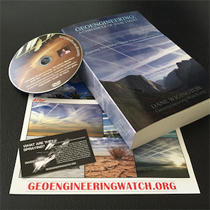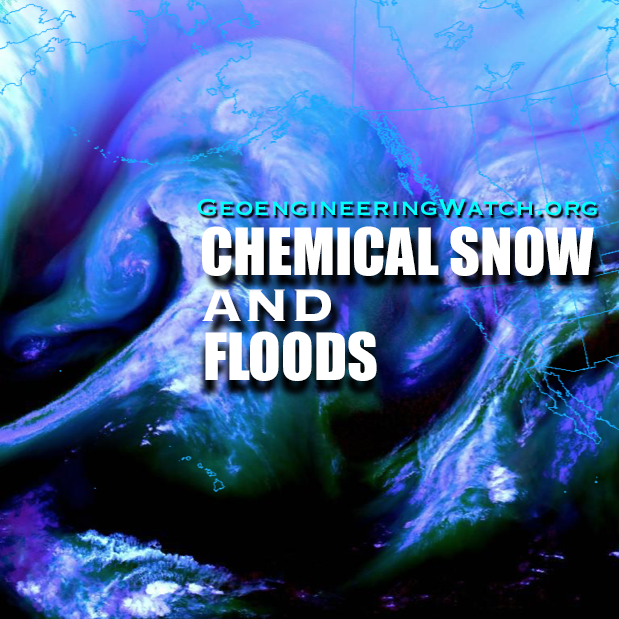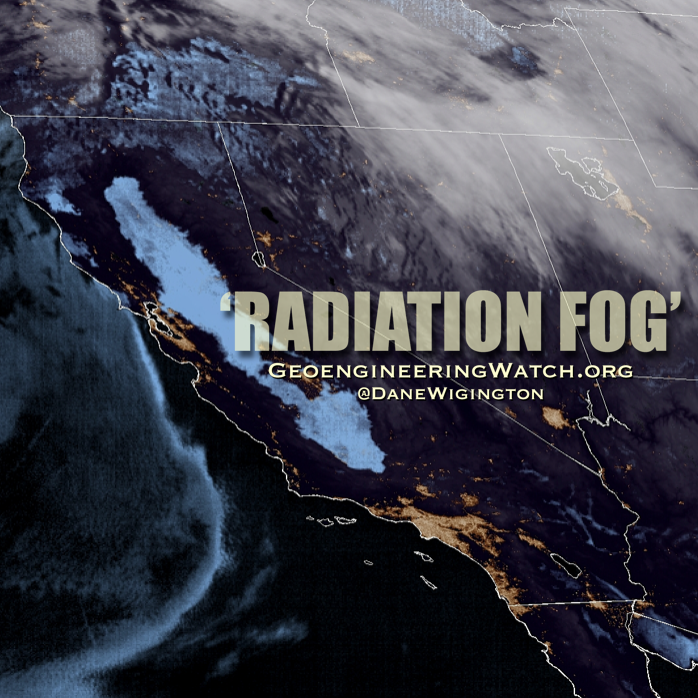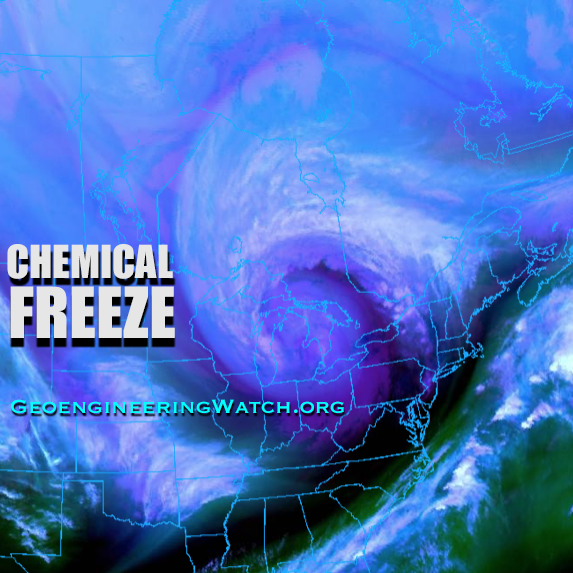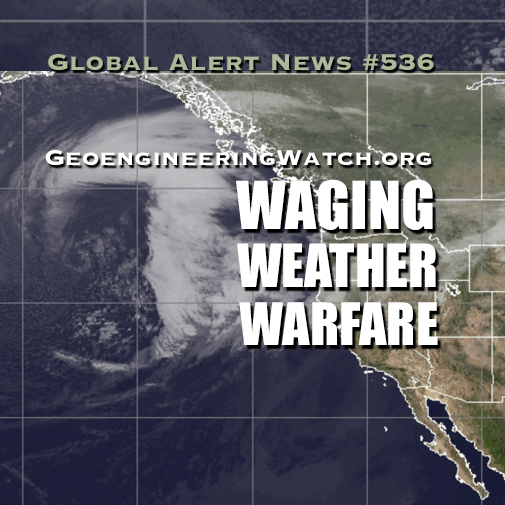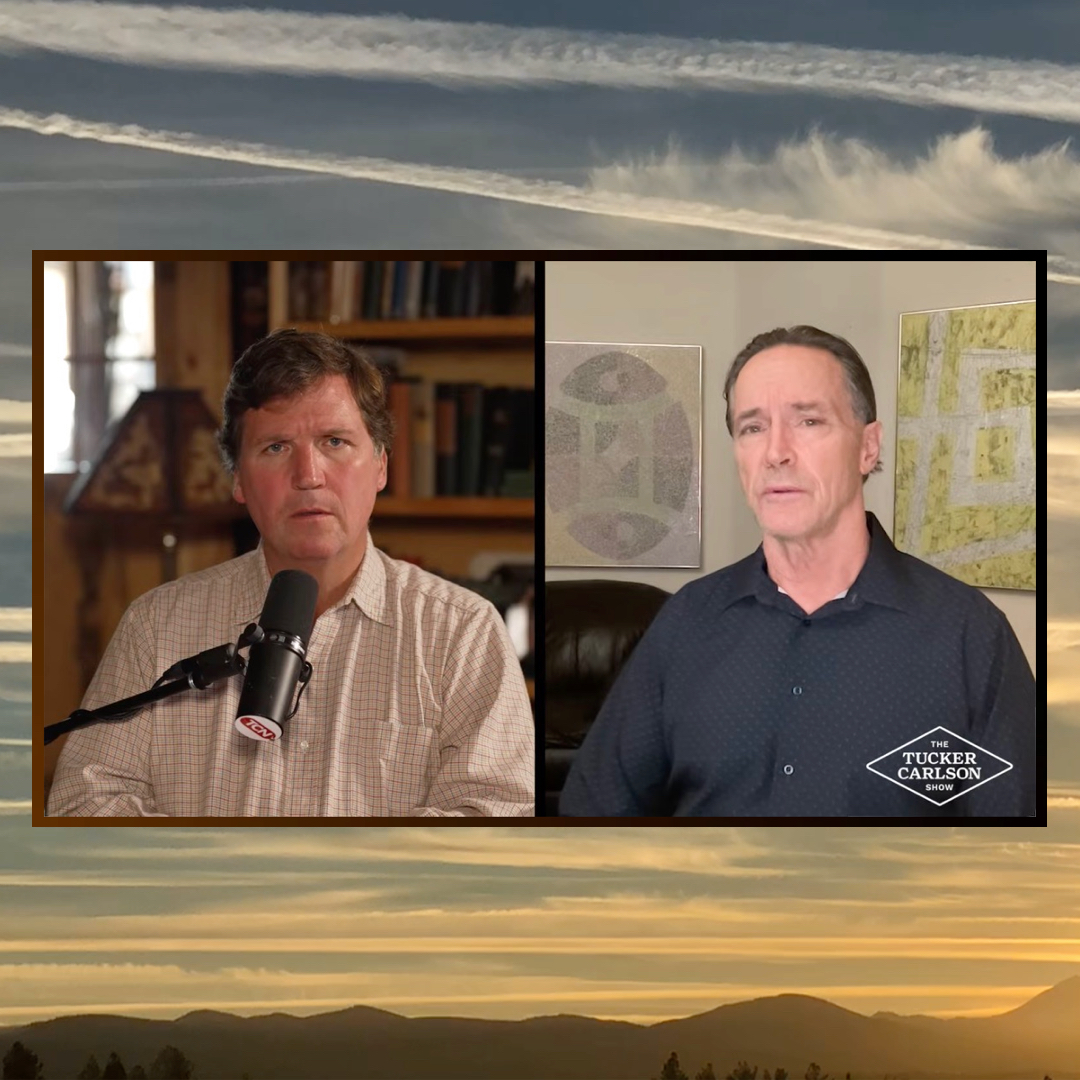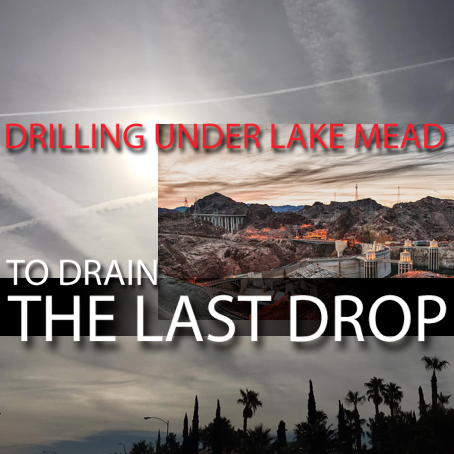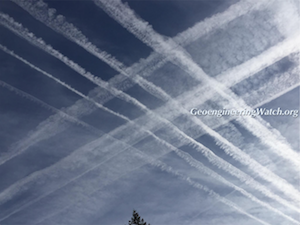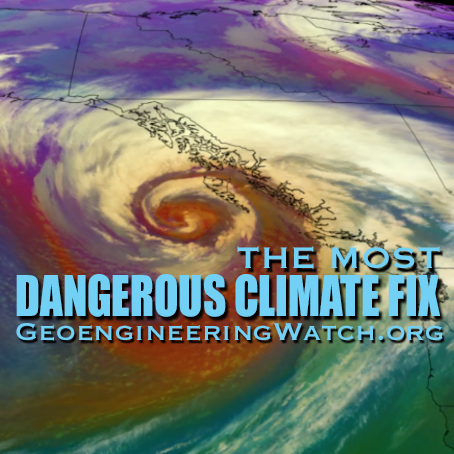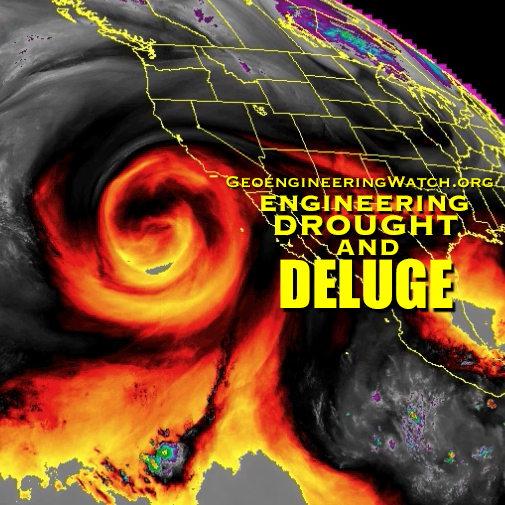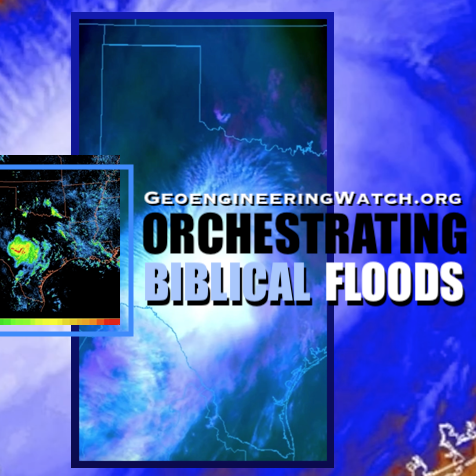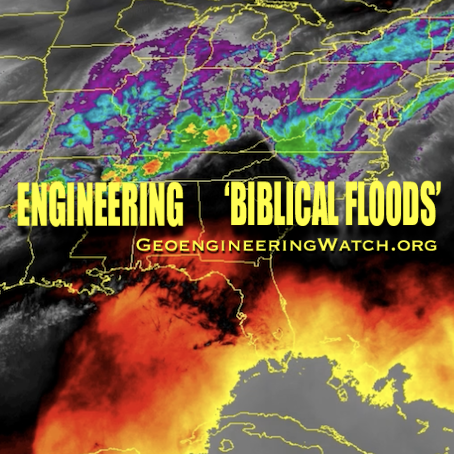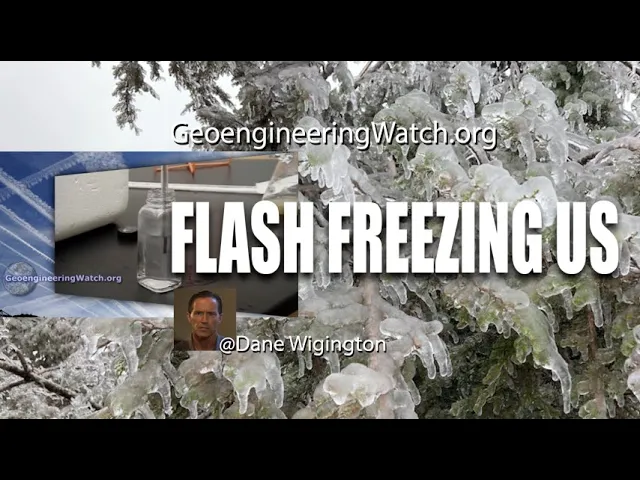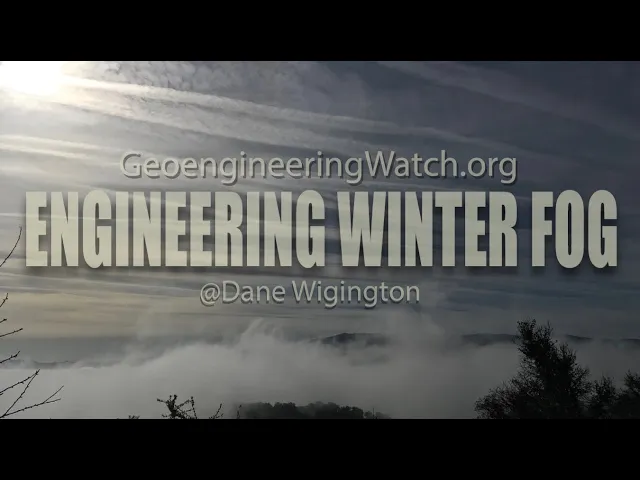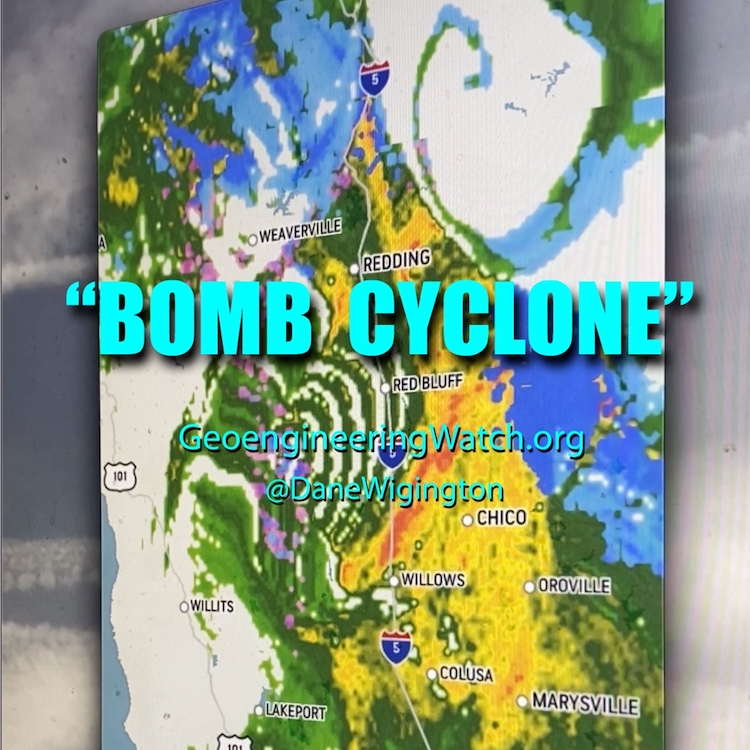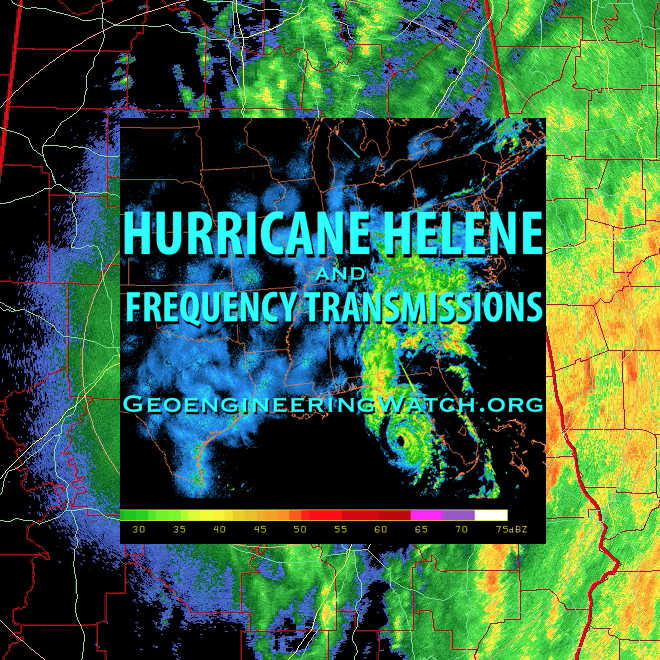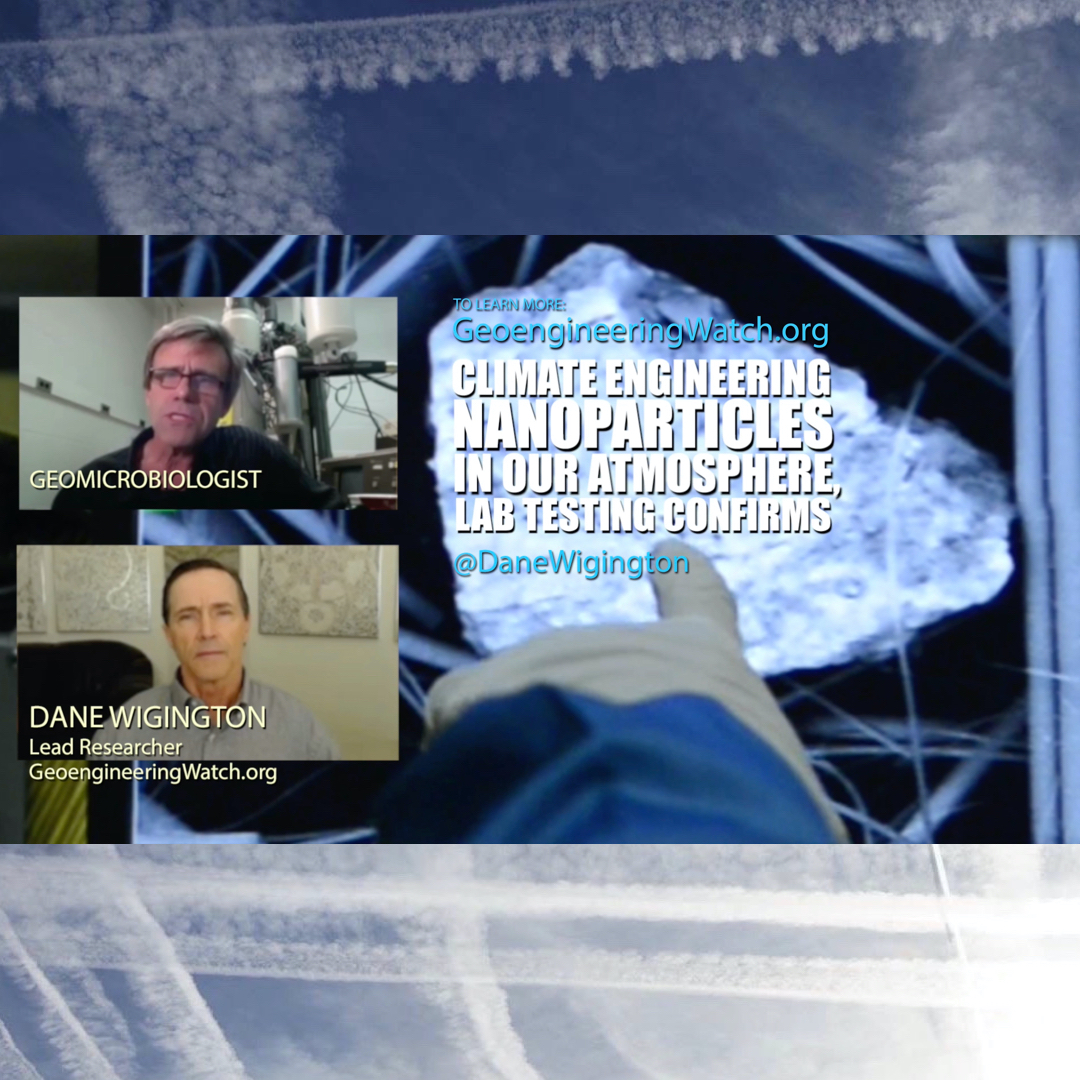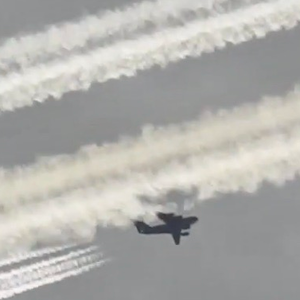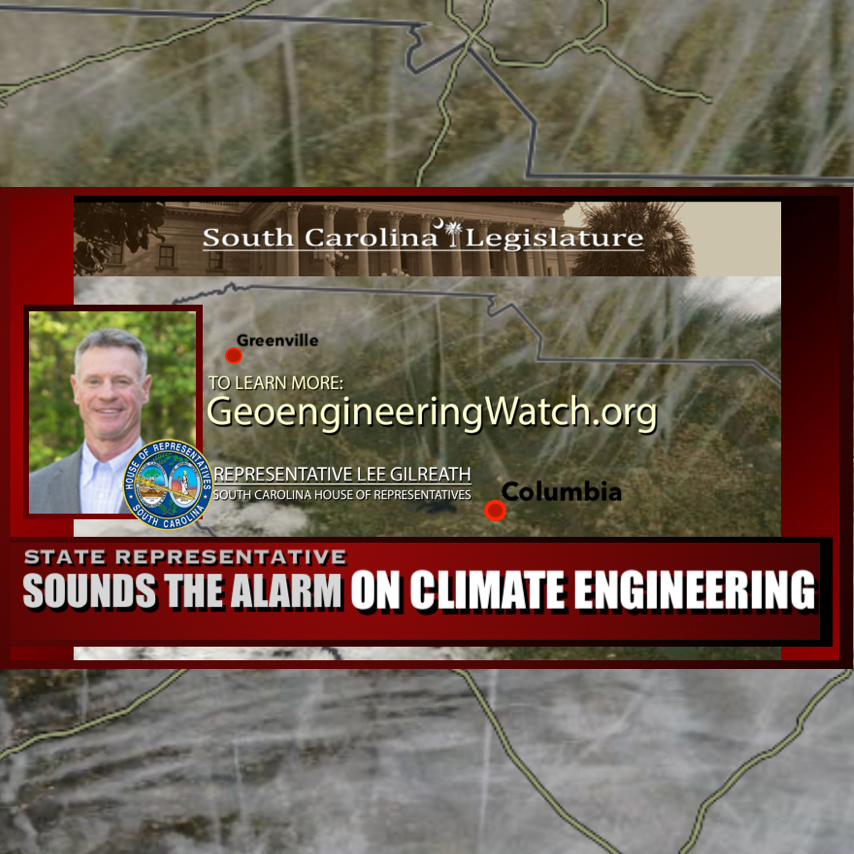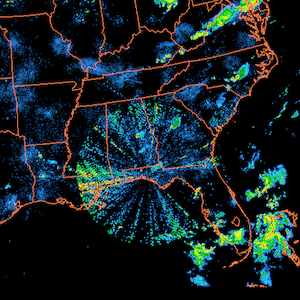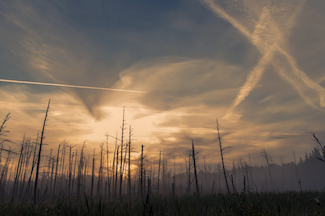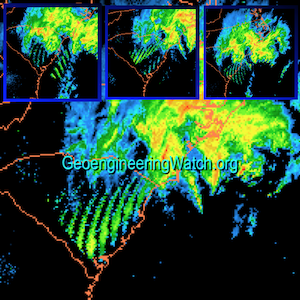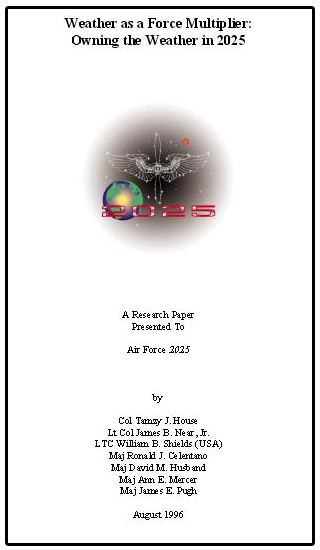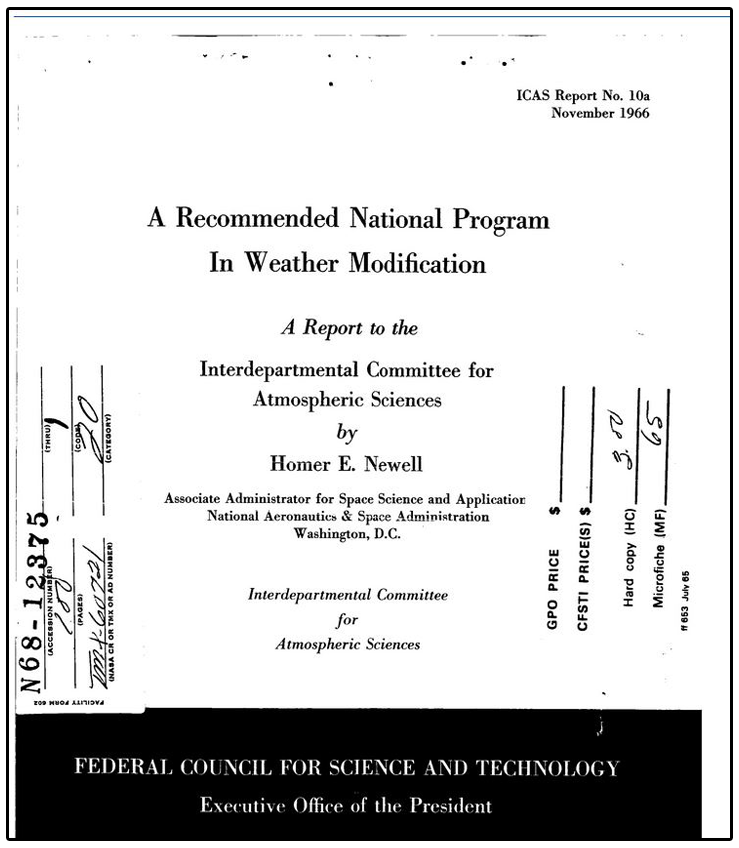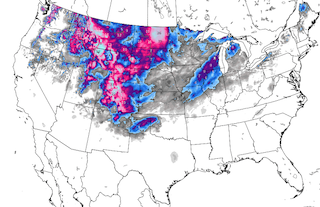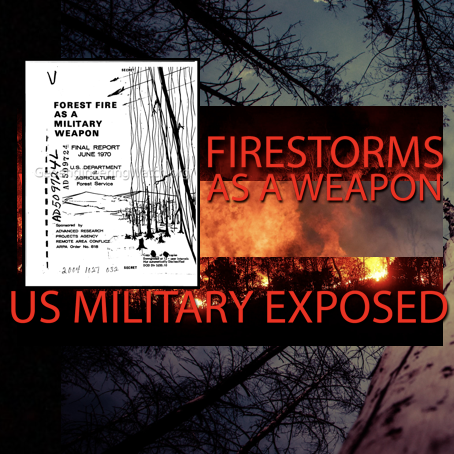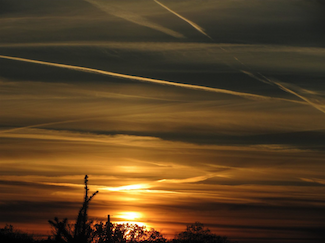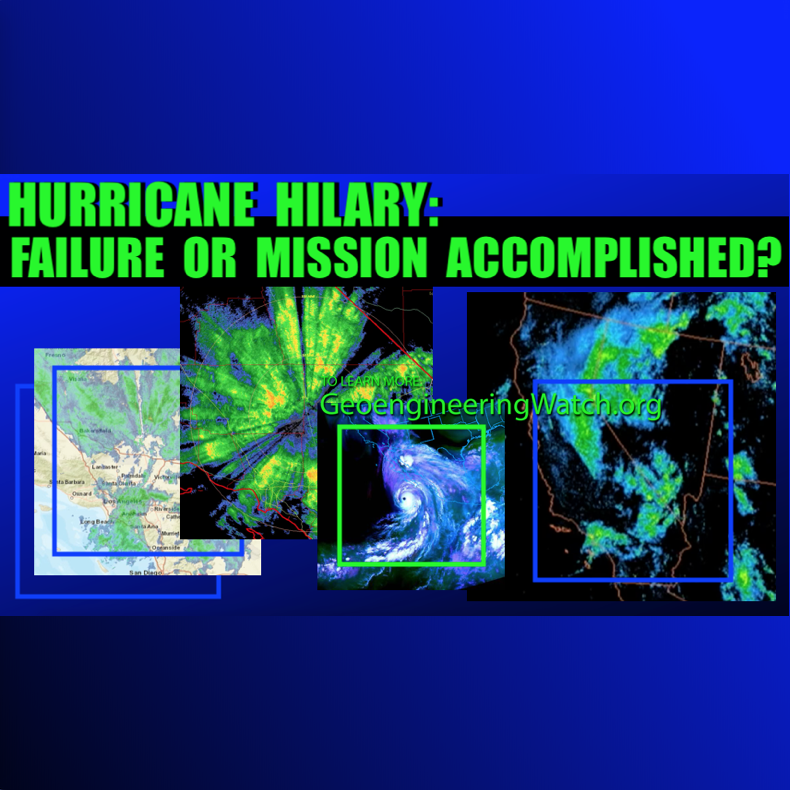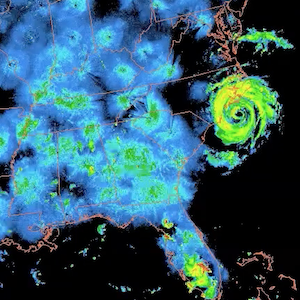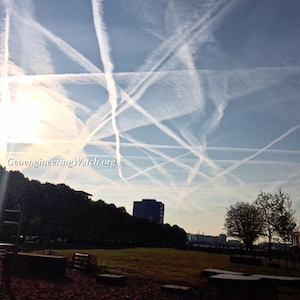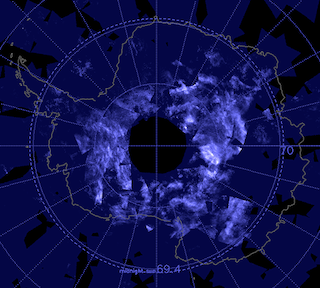
Source: Fox News
WELLINGTON, New Zealand – Winter has rolled into its third month in New Zealand, and Nick Jarman says he’s going stir crazy as he stares out at the driving rain on the small ski area he manages in the Southern Alps.
The Craigieburn Valley Ski Area is one of several areas that haven’t opened for a single day this season, and some fear there may not be enough snow to open at all this year — something Jarman says has never happened during his 30 years carving turns on the mountain’s slopes.
Ski operators throughout New Zealand are feeling the effects of the country’s warmest start to the Southern Hemisphere winter since record-keeping began in 1909. And while one bad season doesn’t prove a trend, it comes at a time when scientists say the country’s snow pack and glaciers are melting at an alarming rate due to climate change.
The country’s largest ski areas have managed to open only because they’ve invested in equipment to make their own snow, which they’ve been doing this year in unprecedented quantities. For now, at least, that’s helped protect the nation’s reputation as a winter play land, one that each year attracts more than 60,000 skiers and snowboarders from Australia alone from June to August when it is winter south of the equator.
At Queenstown’s Coronet Peak, 200 snow guns have been blazing day and night whenever the temperature dips a little below freezing. Those guns have turned enough water to fill 100 Olympic-size swimming pools into a white blanket that’s remained on the main trails even on days when some skiers have taken to wearing t-shirts.
But New Zealand also has a tradition of small ski areas that rely entirely on natural snow, and many are facing steep financial losses this year. Typically, the areas are run as nonprofits. They are kept open not only by tourist dollars but also from the work of enthusiastic volunteers. Operators of these areas say they can’t afford to invest hundreds of thousands of dollars in snow-making equipment.
Jarman says Craigieburn employs about 10 staff but can only pay them once the area opens. He says it’s not just the ski areas that are suffering, but also the local ski rental stores, the gas stations, even the bakeries. He says he’s been refunding money to tourists who have booked ski and accommodation packages, and the season is putting a strain on Craigieburn’s finances.
“It’s going to be hard, really hard. We don’t have the extra money to spend on maintenance,” he says. “We’re not living on caviar and salmon.”
It’s a similar story at Mt. Cheeseman Ski Area, which employs about 20 staff when there is snow, but which also hasn’t been able to open. Mountain manager Cam Lill says some of his staff, who come from abroad, are taking the opportunity to tour the country while others are earning money doing odd jobs.
“They’re sitting around, waiting in anticipation,” he says. “It’s a very messy time. You can’t give them any degree of certainty.”
A paper published by New Zealand scientists in July in the journal Global and Planetary Change concludes that two of the country’s largest glaciers, the Franz Josef and the Fox, have each melted by 3 kilometers (1.9 miles) in length since the 1800s, making them about 20 percent shorter.
The authors say the length of both glaciers has fluctuated over the years, but that “the overall reduction in length is a clear sign of twentieth century warming.” They say both glaciers this year are melting at a faster rate than ever previously recorded.
A 2012 study in the same journal used aerial images to estimate the total volume of ice in the Southern Alps declined by 15 percent from 1976 to 2008. One of the authors, glaciologist Trevor Chinn, wrote in a recent article, which wasn’t peer reviewed, that as much as one third of the ice in the mountains has melted since 1977.
“It’s quite alarming the amount we are losing,” Chinn said in an interview. “And certainly the scenery is changing.”
Ski area operators, however, point to the big variations in temperature and snowfall that can occur from season to season. While June of this year brought record high temperatures, the same month last year brought a healthy dump of snow that set up most operators for a good season.
Paul Anderson, the chief executive of NZSki, which operates three of the country’s largest areas — Coronet Peak, The Remarkables, and Mt. Hutt — says he expects the three areas combined this season will attract a similar number of skiers to the 480,000 that visited last year.
“From the work that I’ve seen, we are in a sustainable business,” he says, adding that’s whether the snowfall comes naturally or is supplemented by machines.
However Heather Purdie, a University of Canterbury glaciologist and lead author on the glacier study, says that while ski areas will continue to have good seasons and bad ones, they are likely to find it a tougher business as the climate warms. She says it will become increasingly difficult for them to make even man-made snow as the number of hours and days below freezing reduces.
And even though many skiers and snowboarders have been kept satisfied by the man-made snow on larger areas like Mt. Hutt this year, there has been scant coverage away from the main trails. That forced Michael Bushell this month to cancel a ski racing event he’d planned, even before wild winds closed the mountain.
Bushell said there simply wasn’t the required 30 centimeters (1 foot) of snow off-trail to anchor the ski gates, and racers couldn’t use the main runs without getting in the way of recreational skiers.
At Craigieburn, meanwhile, Jarman remains hopeful, an attitude reflected in a post on the ski area’s website: “We are, however, only one good storm away from opening and coverage up high is good,” it reads, “so keep dancing/praying/sacrificing to the snow gods or whatever works.”
Source: Fox News





